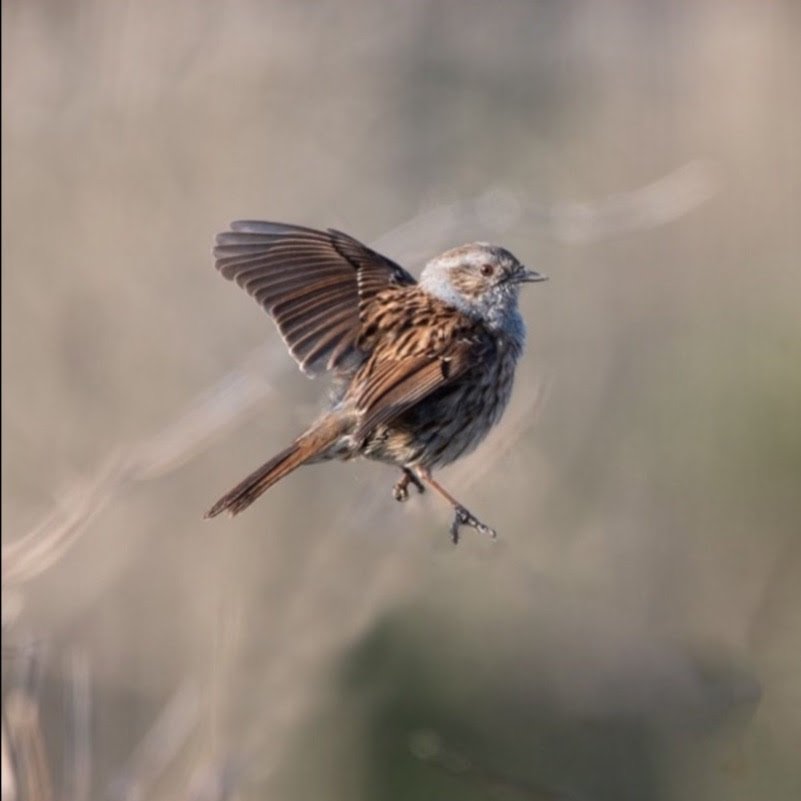It's turning into a long hot summer, we hope you are coping with the heat and enjoy this update on the meadow. Our Annual General Meeting will be hosted on Saturday 3rd September - more details below - please save the date in your diaries! And if you have any photo's of your visits to the meadows which you would like to share please email them to info@bishopsmeadowtrust.com
Why no hay cut this year?
Earlier this year the Trust was contacted by the farmer who has taken a haycut a few times in the last few years. The farmer explained that he did not want to take the hay, as his cows had ‘refused’ to eat last year’s hay. This could be for a range of reasons, from the presence of dog poo (which can cause Neosporosis in cattle, a parasite-carried disease and the commonest known cause of abortion in cows), to merely a change of taste compared with their other feed. This gave the Trustees an opportunity to take stock of the grassland management. In the early years of the Trust, the haycut was almost the only source of income, currently, the Trust is in a much better financial position, and can be more flexible in considering management options.
A haycut, as opposed to grazing, is a ‘traumatic’ way of taking the grass. This is because it is cut almost all at once, the habitat changes suddenly, killing and displacing a multitude of wildlife, including voles with runs in the grass, spiders who use the structure for their webs, bees, butterflies, beetles and occasionally lizards who can hide in the sward to help regulate their temperatures.
When grass is grazed, the impact is slower, and wildlife can move around. Cutting also produces a uniform structure, whereas cattle graze by pulling with their tongues, and therefore create pockets where other plants can seed, leave tussocks where wildlife can hide. Mowing also destroys things like anthills (ants are an important food source for many birds), and inhibits the increase in detritivores (creatures that eat dead plant material), that help balance and protect the vital floodplain soils. Fields such as those behind UCA and the new development on Beavers Road have not been cut for many years, but the grass sward is ‘stabilised’ by more of these creatures, and the meadows are much more diverse, with a variety of other plants, and an increase in butterflies and bees.
The Trustees therefore sought advice from our Surrey Wildlife Trust advisor, Isobel Girvan, who agreed the approach to leave off cutting, and monitor how well the meadow functions, at least on a year by year basis. In parallel, the Trustees have accelerated the medium-term plan to graze more of the Meadow, planning an additional fenced compartment which will make it more attractive to graziers, whilst keeping access open for Meadow users.
We will continue to monitor the pros and cons of the approaches, and adjust the management accordingly. We are also ensuring that the public footpaths and the main ‘desire-line’ routes remain mown.
Not foreseen, but not cutting the Meadow this year is also protecting it in the drought. Many of the plants are still green at the roots, retaining some moisture for wildlife, and enabling a faster recovery when we do get rain. Should the Meadow flood in subsequent winters, this protection will help the Meadow be more absorbent, fulfilling its role as a floodplain, and helping to protect the town.
Curious about the meadows?...
Our continued series on different environmental elements on the meadows continues. Below is a piece on ragwort - the full article can be found on the website. And all the articles can be found HERE. We hope you enjoy!
Ragwort (some species of Senecio)
The genus Senecio is in the Daisy family (Asteraceae or Compositae) which comprises over 1000 species. Of the species native to Britain, six are called ‘ragwort’ - S. jacobaea, Common Ragwort, is the species we will deal with here.
To read on click HERE
To see all the articles please click here
Annual General Meeting - Sat 3rd September
Our AGM will be on Saturday 3rd September at 10am. All members are very welcome, so please do come along to learn about what has been happening over the past year and to share your views about future plans for the Meadow. We're grateful to our members for the continued support in preserving this unique & ancient piece of land in central Farnham.
You do need to be a member to be able to attend.
To become a member of the Trust you simply need to make a donation. This is very easily done through the Enthuse platform which you can access by clicking HERE. You are able to set the amount and the frequency. Every donation is hugely appreciated. We receive no public funding. Every single donation helps us to be able to do the work we do. The more we raise from our members' subscriptions the safer the future of the Meadow is.
If you are unsure about your membership status and would like to check please do not hesitate to email info@bishopsmeadowtrust.com and we can check this for you.
We look forward to welcoming you in September to share what has been happening over the past year and to share views about future plans for the Meadow.
This will be hosted at space2grow, the project that sits adjacent to the Meadows.
To get to space2grow, at the end of Lower Church Lane, just off Downing Street Central Farnham, go up the steps into St. Andrew's church yard. Keeping the Church on your right, walk across the path to the South West corner where you will find a narrow path leading round a corner between two brick walls, sign posted to the Bishops Meadow. At the end of the path you'll find a large wooden door which is the entrance to space2grow.
We look forward to sharing the news we have and sharing plans for the future.
We hope to see you there!
Yours,
Nick Green - Chair
www.bishopsmeadowtrust.com





